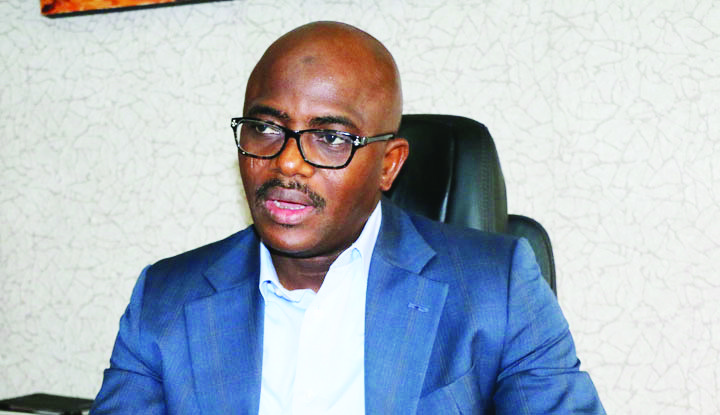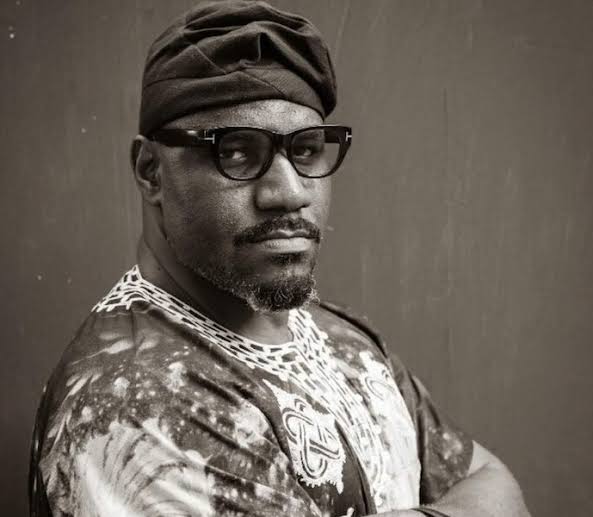Much has been said about the opportunities to reset that COVID-19 affords us. We can reset specific industries (such as aviation, healthcare and energy); the way financial systems work; the way we tackle climate change; and even our chosen brand of capitalism. We can imagine another world, one in which we can sustain ourselves as envisioned in the UN’s Sustainable Development Goals (SDGs) and collectively prosper, if we start from the ground up with lessons from the pandemic.
At the most fundamental level, COVID-19 reveals three things:
1. Planet: Human activity is strongly related to climate change. The lockdown has resulted in rare sightings of blue skies from Beijing to Delhi, and worldwide CO2 emissions are predicted to fall by 8% in 2020.
2. People: COVID-19 has been hailed as the “big equalizer,” but the reality is that we aren’t equally resilient as a society. Socio-economic status is strongly related to vulnerabilities of all sorts, with the poor and underprivileged in harm’s way to a disproportionate extent.
3. Profit: We cannot survive for long without economic activity and the creation of financial value. Millions of businesses are failing in the face of the pandemic and as many as 40% of businesses may not reopen after this disaster.
In essence, we need to manage climate-related risks, strengthen our social fabric and inspire economic activity that creates value for humankind if we are to create a world that is sustainable and well-equipped to combat impending crises.
So, what will it take to achieve this symbiosis between people, planet and profit – also referred to as the “triple bottom line” – in contrast to the single bottom line of profit alone? For starters, we must accept a basic truism: in a world of finite resources, maximizing private gain inevitably leads to collective loss – that is, the loss of common goods, a phenomenon known as the tragedy of the commons. For example if, in a bid to boost profits, global multinationals build and run factories but do not pay for the pollution they create, we get global warming. The collective is more important than the individual.
The playbook of how to transition to a sustainable business model presented in my book is remarkably applicable to the COVID-19 reset we require and expect of companies. Rather than delve into the details, it may be more instructive to condense the model and present three major steps that are highly applicable to the COVID-19 reset.
1. Define corporate purpose
To take ownership of our post-COVID-19 future, businesses must start by asking the all-important question of corporate purpose – or “why do we do what we do”? Leaders must articulate how the firm creates value for all stakeholders, not just shareholders, and accept that profit is the consequence of such value creation. This process of defining purpose makes it clear that businesses exist to serve society and not the other way round, and the link to sustainability becomes clear. As Paul Polman, ex-CEO of Unilever, told me: “Sustainability is totally driven by purpose. It starts with the overall firm belief that we are here to serve society … and only by doing that well, we can make all our stakeholders, including our shareholders, happy.”
How can leaders discover that “true north” – their company’s purpose? Often, it happens via epiphanies or first-hand experience on the front lines. Francesco Starace, the CEO of Enel, one of the largest energy companies in the world, had his epiphany while working in the Middle East in the mid-1980’s. He realized that an energy company’s job was not to foist new habits on people, but rather to enable them to do what they wanted to do in the first place. Crossing an emotional barrier, as Starace did in the 1980s, and identifying with a company’s purpose in a new and personal way enables leaders to build their own sense of sustainability ownership and address the critical problems of our world. “Sooner or later,” as Starace told me, “you have to face up to the facts about why you do what you do.”
The COVID-19 pandemic, which is causing unending suffering for frontline workers – who often lack healthcare and paid sick leave – is a golden opportunity for business leaders to discover their purpose.
Once that purpose is defined, it has to be brought to life. So, define concrete sustainability goals by answering questions such as: Where is the company’s growth likely to come post-COVID-19 and in the future? What new trends will affect demand for our products and the supply of our raw materials? What do our stakeholders want from the business? Focusing on a few material areas takes time and effort, but the business results are worth it.
2. Empower stakeholders
Armed with a sense of purpose and a set of concrete sustainability goals, your company is ready to create motivation and ability among your stakeholders, and to help integrate those sustainability goals into their daily work routines.
Market sustainability to stakeholders as an opportunity to contribute to the future wellbeing of the company and the world. To entice employees and other stakeholders to engage in sustainability, appeal sometimes to the head (this is the smart thing to do), other times to the heart (right thing to do), and often both. Lisa Jackson, vice president of environment, policy and social initiatives at Apple told me: “The easiest and most fun part of sustainability is when you can go to the business – as we have done now several times – and say, ‘It will save you money to reduce the amount of scrap metal that is produced. It will save you money to think about packaging in a different way’.”
Alongside motivation, you also have to create the ability to act sustainably. Increase the capability of your workforce by putting systems, structures and training in place that make it easier to act sustainably. Give your stakeholders the tools, confidence and freedom they need. In a word, make sustainability everybody’s job. “If there’s one exception, everyone thinks they’re the exception,” said Keith Weed, Unilever’s chief marketing officer and head of sustainability at the time.
3. Collaborate and partner
Form broader industry collaborations to address complex problems. Such collaborations, often with traditional competitors, help create the systemic changes that our planet and its people need – and that businesses need, too. “If everything fails around us, we fail too,” said the chief sustainability officer of Marks & Spencer.
Topics such as deforestation, effluent in waterways, or buying minerals from the Congo can only be addressed by a consortium, in which each party, again, needs to rise above self-interest and think about the wellbeing of the collective. As part of the Sustaining Sustainability podcast series, I recently interviewed Paul Polman on the collaboration imperative. He was quick to point out: “We don’t have the right level of cooperation at the global governance level to deal with these issues, and I hope that the business community will step up and fill that void.”
Conclusion
Watching the COVID-19 pandemic unfold before us and seeing both the healing effects of our slowed economic activity on the skies and our planet as well as the horrific plight of our fellow human beings, leaves most of us “uncomfortably numb” and yearning to do something about securing the future. Issues such as global warming, inequality and poverty – as outlined in the SDGs – are gaining urgency. Taking ownership of addressing such issues should form the new leadership mandate.
Source: weforum






Comment
No comments found.